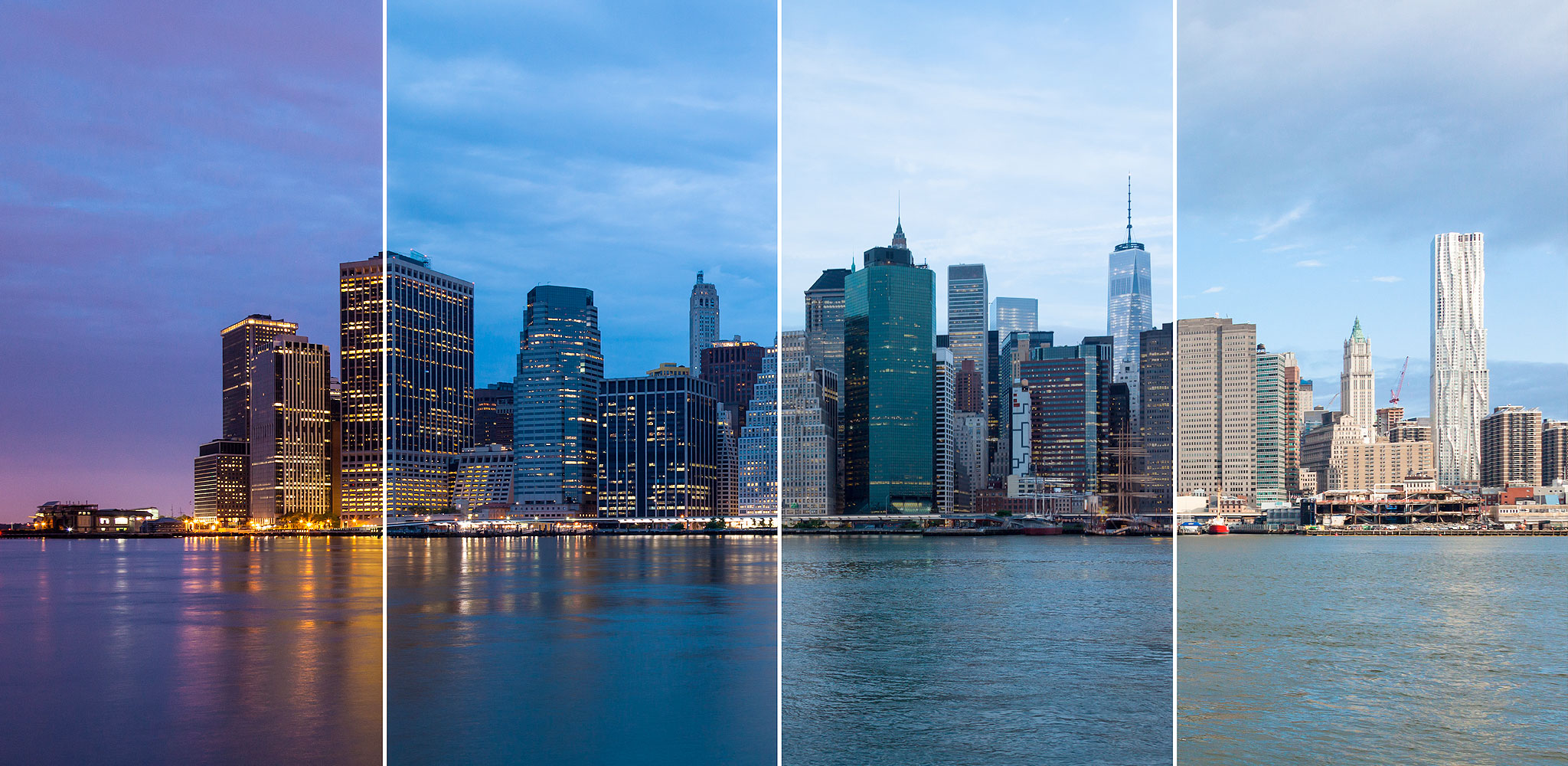
Blog
Key Takeaways from "Light and Health" at IES NY
When exploring how light impacts health, the best place to start is the human eye. That’s why twenty people attended the Illuminating Engineering Society (IES) New York Section’s seminar on Tuesday, September 19, 2017. This introductory seminar is the first in their “Light & Health” series.
Tuesday’s presenter, Jane Slade, MID, LC, LEED AP, IES, is a Specification Sales Manager for RAB Lighting and has received the Richard Kelly Grant to explore the impact of specific wavelengths of light on human perception. Jane delivered slides from the IES presentation (written by Leora Radetsky and Marian Fedosky) with an engaging, comfortable and comprehensible speaking style. These slides contained many technical diagrams illustrating how light reaches the nerves within the eye, and Jane walked us through the whole process.

Different parts of the eye respond to light in their own way
Jane began by explaining how the retina works—specifically, how it influences the circadian system. She outlined the eye’s structure (eye muscle, optical components, and neural components) and described how light is captured within the eye by two types of photoreceptors: rods and cones. These rods and cones share responsibility in sensing light.
However, cones are most engaged during daylight hours under well-lit conditions (photopic vision). They have three responses: Short (437 nm), Medium (533 nm) and Long (564 nm), with a peak response in the long, yellow-green region. Rods, on the other hand, are most engaged at night or in dim environments (scotopic vision). They peak in the bluish-green area around 507 nm.
For decades, rods and cones were thought to be the only photoreceptors in the retina, until intrinsically photosensitive retinal ganglion cells (ipRGCs) were discovered in 2002. These ipRGCs provide input to the suprachiasmatic nucleus (SCN), acting as a relay for extrinsic dark and light signals to travel from the rod and cone photoreceptors to the SCN. This input synchronizes the SCN to the solar day, maintaining a near 24-hour cycle for the human circadian rhythm. It does this by driving nocturnal synthesis of the hormone melatonin, which induces the circadian sleep cycle.
Eyes work alongside another complicated system: the body's clock
The circadian system is a roughly 24-hour cycle that tells the body when to sleep. It also regulates many other biological functions, such as hunger, body temperature, blood pressure, and the release of cortisol, serotonin (a mood-elevator) and of course, melatonin (which regulates sleep and acts as a powerful antioxidant). When the circadian rhythm is in tune, the body’s cycles of alertness, mood and sleep are optimized and stable, which maximizes sleep quality and the overall ability to function. We can therefore say that the light-sensing properties within our eyes have a definite impact on our health.
Since both rods and cones are sensitive to color, Jane asked if everyone understood the definition of the CRI, or “color rendering index,” which is how we often measure a light source’s ability to render color. She then briefly covered TM-30-15, which is a new method published by IES to fill in some of CRI’s gaps. Jane referenced these methods in order to contextualize the importance of color to our visual field, which is significant for lighting specifiers and manufacturers.
Seeing light as a health factor can alter how we think about our lives
We now know that light is a central modulator of circadian rhythm. According to Jane, several studies indicate that regulating circadian rhythm boosts vitality and prevents stress and fatigue. Unfortunately, studies also indicate the reverse: people with regular sleep interruptions or circadian rhythm sleep disorders, such as shift work sleep disorder, have an increased risk of illness—particularly breast cancer.
Jane emphasized how approaching light in an informed way and perhaps adjusting our daily interactions with light can have a profound impact on health and wellbeing—especially for patients trying to heal. Mood disorders are often associated with alterations in hormone cycles and disturbances of sleep wake cycles. For example, light therapy is often used to treat Seasonal Affective Disorder (SAD). In order to maintain our circadian systems, we should start our mornings with a large amount of light, lower the light levels in the evening, and drop to a warm kelvin temperature to create a “fireside atmosphere” when getting ready for sleep.
This seminar and Jane’s excellent presentation punctuated the important relationship between light and health. Jane offered a comprehensive overview of how the human eye processes light and color to help the body function correctly. She explained the positive effects of maintaining a regular sleep-wake cycle and regulating the circadian rhythm. Overall, this program shows how specifiers, manufacturers, health practitioners, and researchers can work together to ensure our environments are built to optimize health, well-being and overall quality of life.
